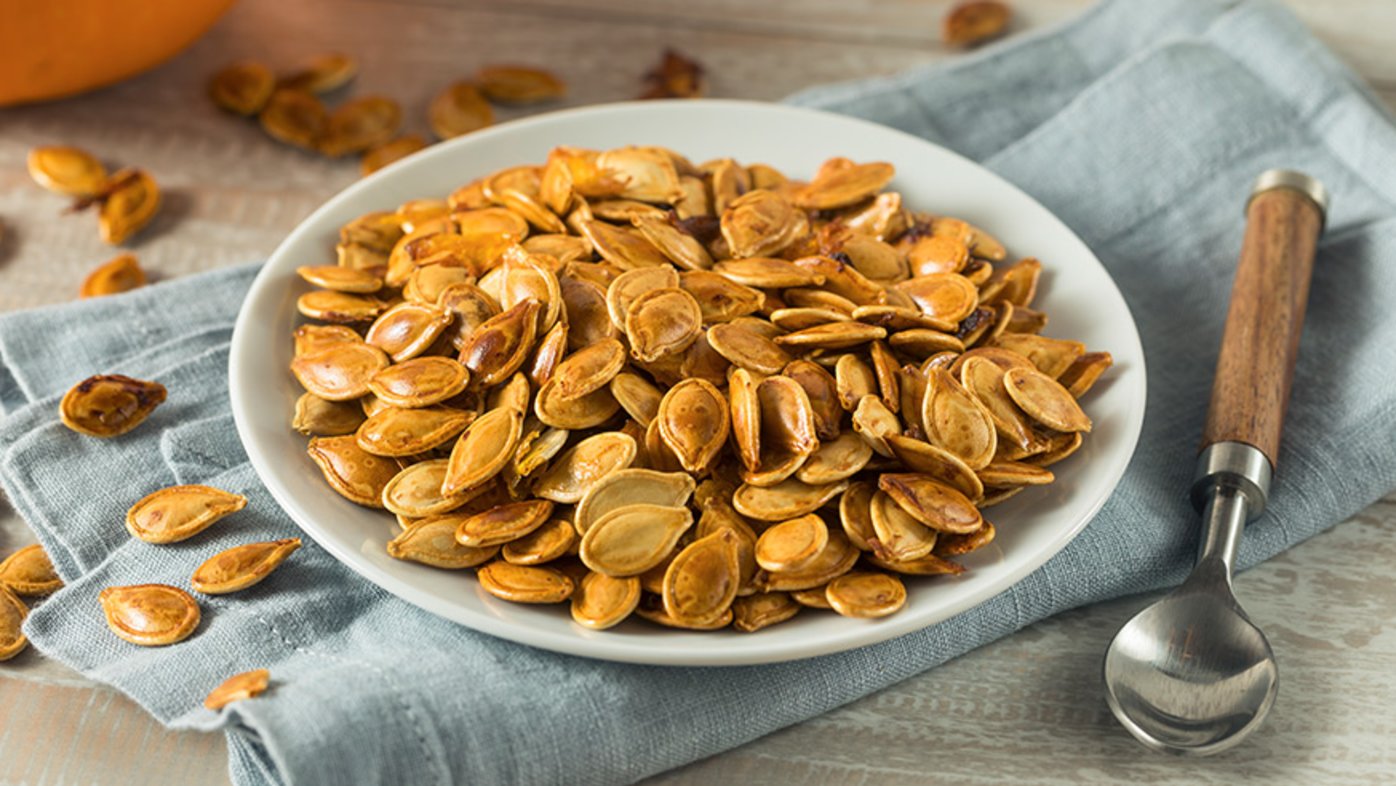
Health benefits of pumpkin seeds
Pumpkin seeds are loaded with the nutrients our bodies need.
From foam rollers to ice baths, there are various tools and techniques available to help us recover from the aches and pains of exercise. Stewart Sanders, a physical therapist with Sharp Rees-Stealy and certified athletic trainer, shares what you need to know about muscle recovery tools.
Do muscle recovery tools work?
There is conflicting research on whether certain recovery tools work or not. Self-massage tools, such as foam rollers and massage sticks, can help loosen tight muscles prior to activity, as well as facilitate repair and increase blood flow afterward. However, the benefits of recovery tools may be more mental than physical, and there may be a limit to how much they can help. Another option is to do gentle active stretches prior to exercise and static stretching afterward.
Can these tools shorten recovery time and relieve soreness?
The harder the exercise intensity or duration, the more stress there is to muscle tissue. Damaged muscle tissue often accompanies an intense workout followed by inflammation, which is a normal part of the healing process.
Compression socks and cooling methods are meant to relieve soreness and shorten recovery time. Compression socks can help improve blood circulation and reduce pain and swelling in your ankles and legs. If you have a sedentary job, wearing compression socks the day after a long endurance run or heavy resistance training may be helpful. Ice baths and cryotherapy chambers may also help improve circulation, decrease inflammation and speed up recovery. However, there is little evidence that prove these techniques work, and the decrease in perceived pain is subjective.
Are there other options to consider for muscle recovery?
Rest, sleep and proper nutrition are important to muscle recovery and help facilitate the body’s normal healing.
Rest — Time is one of the best ways to recover and heal after a hard workout. It can take 24 to 48 hours after exercise to repair micro-tears in muscles. If we do not allow stressed muscles to rest, then more damage and pain can occur.
Sleep — The harder you train, the more sleep you need. Make sure you are taking the steps necessary to ensure you are getting quality sleep.
Nutrition — After depleting your energy stores with exercise, you need to refuel your body to recover. This is even more important if you are performing an endurance exercise or trying to build muscle the day after. Protein is a building block of muscle tissue, and is important to include in your meals during recovery.
You also lose a lot of fluid during exercise. Studies show that exercising while dehydrated can damage your muscles. You should be replacing water during exercise and filling up after to boost your recovery.
“If you are participating in gentle, daily exercises, then you probably don't have to rely too much on recovery tools,” Sanders says. “If you are doing heavy training, then these may be worth a try to find out if they relieve your pain and shorten your recovery time.”
Our weekly email brings you the latest health tips, recipes and stories.